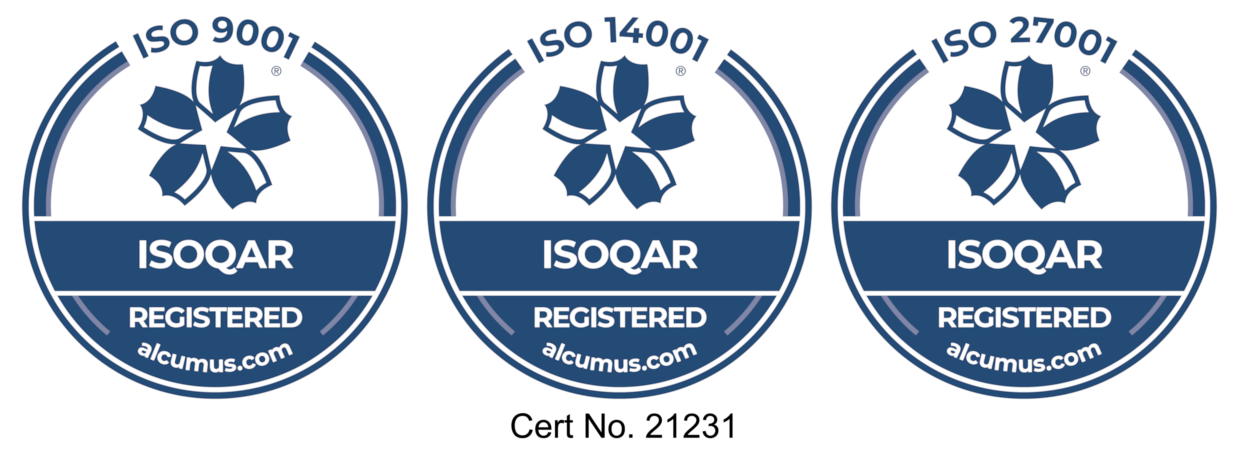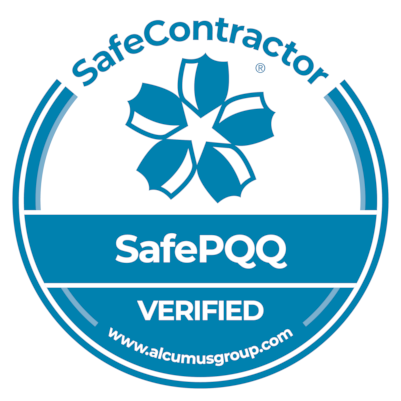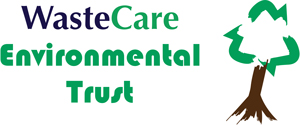On 1st June the Environment Agency published Q1 2018 UK data that shows a drop in the collections of waste electrical and electronic equipment (WEEE) against Q1 2017.
 Making assumptions based on one set of data should be treated with some caution but the 13% year on year drop in collections is concerning. This follows on from compliance schemes failing to meet their targets by 16% in 2017. One could argue that unambitious targets will deliver the same results if nothing else changes in the system and the waste sector were right to demand higher collection targets. This is important as it isn’t just the right thing to do but it also helps reduce WEEE leaking from the UK as unscrupulous recyclers fill the void left by the UK WEEE system.
Making assumptions based on one set of data should be treated with some caution but the 13% year on year drop in collections is concerning. This follows on from compliance schemes failing to meet their targets by 16% in 2017. One could argue that unambitious targets will deliver the same results if nothing else changes in the system and the waste sector were right to demand higher collection targets. This is important as it isn’t just the right thing to do but it also helps reduce WEEE leaking from the UK as unscrupulous recyclers fill the void left by the UK WEEE system.
Another contributing factor to poor collection levels is the compliance fee, used by producer compliance schemes (PCS) to meet their obligations, which has become a default root to compliance. Its original intention was to be a safety valve for the UK system but it is now an acceptable alternative to WEEE collection. The results can be seen in household waste WEEE collections where it is estimated that over 400 local authority sites could not secure a permanent collection solution in 2017 so were forced to trigger Regulation 34 requests to clear WEEE from their sites.
In 2017, the UK was 16% below its collection targets and yet over 400 local authority sites could not secure a direct contract with a PCS; this highlights that change is needed within the UK system. Some argue that a Regulation change is needed to prevent schemes from using the compliance fee to meet their obligation, if they have used Regulation 34 requests for any of their aligned local authorities in the compliance period; could this be one part of the solution? How to increase WEEE collections will be a hot topic at the Letsrecycle WEEE conference on 6th June.
However, there is a silver lining as the WEEE fund has generated nearly £8 million from the compliance fee. Let us use this as an opportunity to invest in and develop ambitious and innovative WEEE collection solutions for the UK. The WEEE Fund disbursement will focus on the strategic aims of the Directive and will support initiatives that will assist the UK to meet its obligations and develop higher levels of collection, recycling and re-use for household WEEE. All innovators should take part and should go to www.weeefund.uk.





